SUSTAINABLE LIVING IN THE HEART OF THE CITY
Growing healthy, organic food is one activity that is immediately apparent to all who visit, but that is not the only relationship with the environment.
Since 1999 the Sanctuary Mahi Whenua has been using permaculture principles, which include organic agriculture techniques and practices, to showcase sustainable land management in an urban environment. This is now often referred to as regenerative agriculture.
What is permaculture?
The word ‘permaculture’ is derived from the terms ‘permanent culture’ and ‘permanent agriculture’. It was created in the 1970's by Bill Mollison, an ecologist and professor at the University of Tasmania. Permaculture is not just about gardening or growing things organically.
Permaculture uses organic gardening and farming practices (no use of synthetic pesticides, herbicides or fertilisers) but it goes beyond. It integrates the garden and the surroundings (including buildings) to create a lifestyle that impacts less on the environment.
In the ideal world, we all would like to live in an environment that provides food, shelter and energy in a sustainable way. Permaculture gives the framework for this. It is based on the observation of the efficient processes found in nature. It uses those to purposely design an environment that suits your needs while minimising external input and, ideally, works as a ‘closed-loop’ system. And yet, it is not an extreme philosophy. It provides practical, sensible solutions. It uses, among many others, indigenous knowledge, inputs from science, technology, engineering and requires a lot of common sense.
If you have composted, planted a garden, collected rain water, swapped goods with a neighbour, reduce your use of plastics, you are already on the road to becoming a ‘permaculturalist’. But you could do much more, contact us or sign up to our newsletter.
The original Sanctuary Mahi Whenua design
The Sanctuary Mahi Whenua has been designed to establish a highly productive, edible landscape while minimising external inputs and caring for the soil, air, water and all organisms and communities.
The original design was led by Brendan Hoare in 1998 with Unitec students, then by Richard Main and Unitec students from 1999 doing much of the planting.
In 2001, Meg Liptrot, now co-manager of Ecomatters Visitors Centre (New Lynn) and who was one of the student involved, painted a vision of the complementary components of the Sanctuary Mahi Whenua.
The design emphasises the importance of ecostructures, which are ecologically-informed infrastructures, and are the backbone for a healthy ecosystem, linking the individual components in functional ways. They will include structures such as swales, buffer zones, composting and recycling facility, propagation houses, energy collection and, amenity edge, seed storage structure, etc.
The planting at the Sanctuary Mahi Whenua started in 1999 for the protective shelter belts (the ecostructure), and planting in the food forest itself then followed over 4-5 years. These trees not only provide shelter and food, but also ecosystem services such as providing oxygen, providing food to insects and birds, and preventing runoff during heavy rainfall events.
The Sanctuary Mahi Whenua was the first in Auckland to use ecostructures, including the first engineered swale which is part of the natural runoff channel joining with the Wairaka Stream, and also in establishing the first multi-layered food forest in Auckland.
above: Meg Liptrot's 2001 painted vision of the complementary components of the Sanctuary Mahi Whenua.
Quoting Brendon Hoare on ecostructures: "I used to describe the conscious design of these multifunctional spaces as crucial for the overall health of the system. If looked after and managed these sites correctly (about 20% of total site) then the 'production' would function: an analogy for human is that a good strong, healthy body enables us to function in a balanced way with spiritual, mental and physical optimal capacity. There is a whole science (especially in areas like entomology with refuge areas etc) in understanding the importance and conscious design of these spaces."
“This is my vision for the world - biodiversity in gardens everywhere - thank you”
Dr Vandana Shiva, visiting the Sanctuary Mahi Whenua following the February 2015 Food Matters Aotearoa Conference.
Some of the ways we use Permaculture principles
Create a resilient system: a food forest was planted in 1999.
Minimising waste: we recycle, reuse, compost... we work toward nothing going to the dump.
Catch and store energy: we try to store and use, as much as possible, rain water. The cultivated mounds are orientated to catch the sun.
Protect the soil: the soil is rarely left bare but mulched (i.e., with leaves from the site or surroundings, peas straw) to preserve life in the soil and conserve water. We also use no-till techniques to increase the amount of water that infiltrates the soil and organic matter retention.
Use and value diversity: We don't plant one variety of a crop or tree. Diversity creates health and minimises the loss from disease, drought, etc.
Minimise inputs, use renewable resources: we use, for example, small branches, bamboos from the neighbour forest for a trellis. We re-use the wood logs to create a highly productive raised-bed (Hügelkultur).
Learn from the land and accept feedback: This could be feedback from Nature on what is working and not working, or even feedback from the visitors, gardeners, etc…. Otherwise, ignoring the signs of a dysfunctional system leads to disaster.
useful links
Koanga Institute: a non-profit organisation showcasing permaculture and the development of self-resilient communities. Kay Baxter, the institute co-founder, has been appointed a member of the New Zealand Order of Merit for her services to conservation and sustainable food production.
Ecomatters: centre located in New Lynn has for mission to connect people with the environment they live in. Their focus is to empower communities to make a meaningful difference.
Auckland Permaculture Workshop: proposes workshops for anyone interested in sustainable design and living using permaculture design.
Permaculture New Zealand: a national hub in promoting permaculture education, activism and advocacy in Aotearoa NZ.



